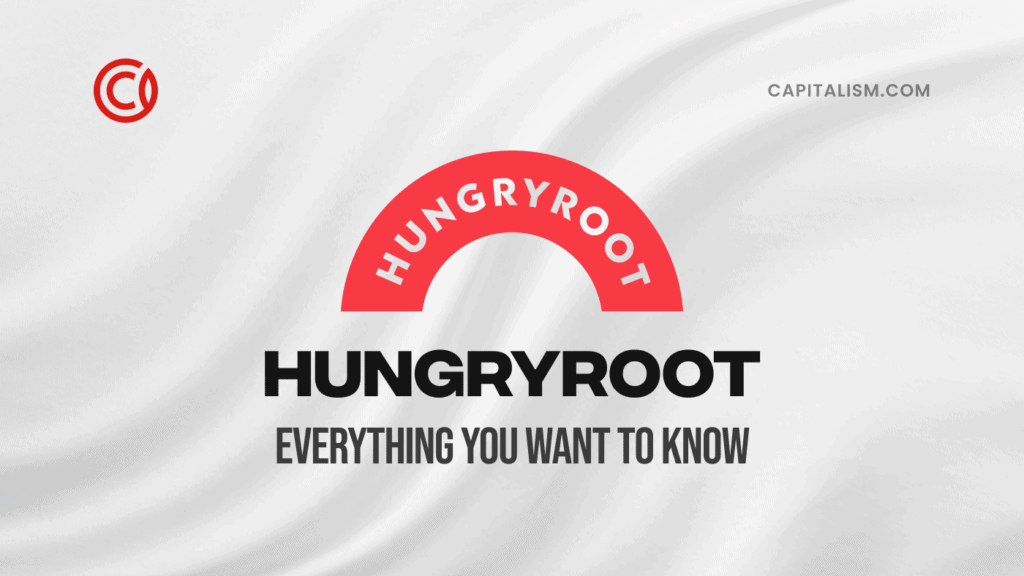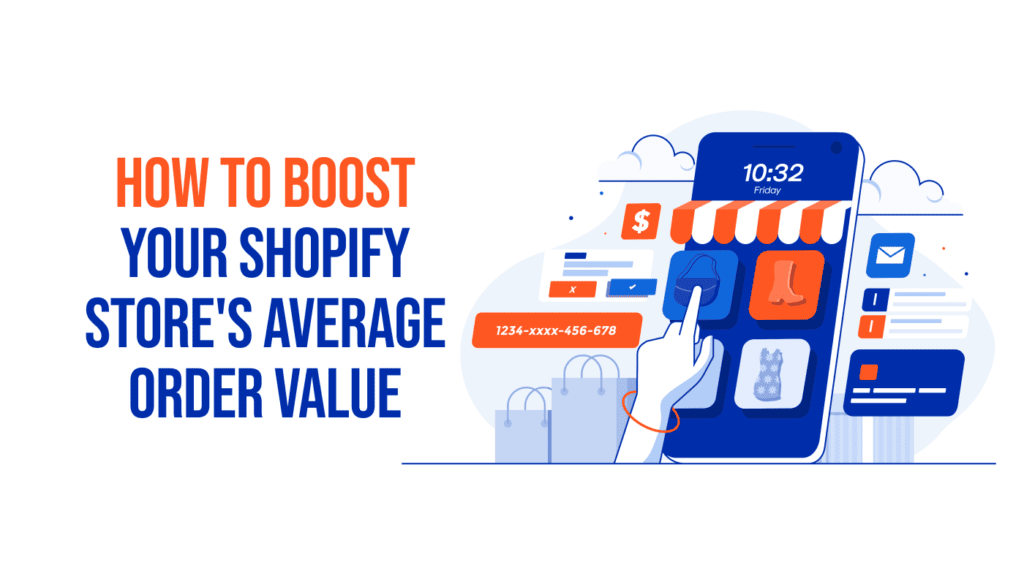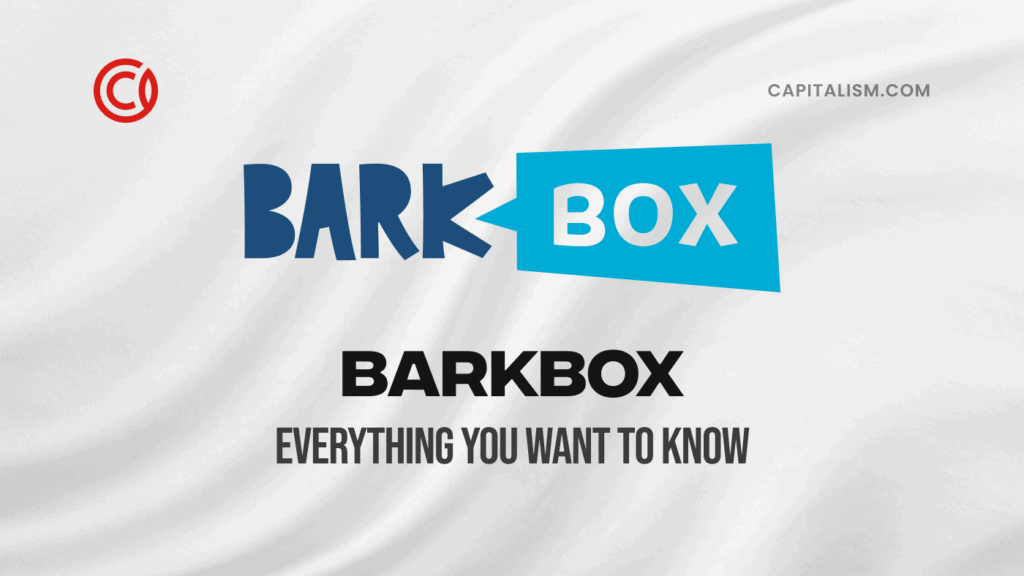Are you an entrepreneur looking to build a successful business in the food industry? Look no further than Hungryroot.
Hungryroot is an online meal delivery service that has become a lifesaver for individuals who lack time to shop and cook. It provides meal kits and an online grocery store that caters to consumers' meal preferences and dietary restrictions.
The company has captured food enthusiasts' attention by offering convenience and healthy eating practices based on their needs and food choices. It focuses on personalized and delicious meals that are easy to prepare and plant-based friendly.
But what sets Hungryroot apart from the crowded meal delivery market? This guide will detail everything you need to know, and what entrepreneurs can learn from its success.
Plus, find out how we can train you to build your business with our FREE course.
What is Hungryroot?
Hungryroot is an online grocery platform and a meal delivery service. It offers nutritious, healthful, quick, and easy-to-prepare meals. It is designed for busy individuals who wish to make healthy meals at home but lack the time to plan and shop for ingredients. Unlike other meal delivery services, Hungryroot offers tailored grocery suggestions plus a weekly meal menu.
Besides the ingredients required to make meals, the service provides groceries like fresh fruit, eggs cooked in water, healthy snacks, vegetables, proteins, sauces, and basic pantry items.
Who founded Hungryroot?
Hungryroot was founded by Ben McKean, Gregory Struck, and Franklin Becker in 2015. Ben McKean is currently the company's CEO.
What is its origin story?
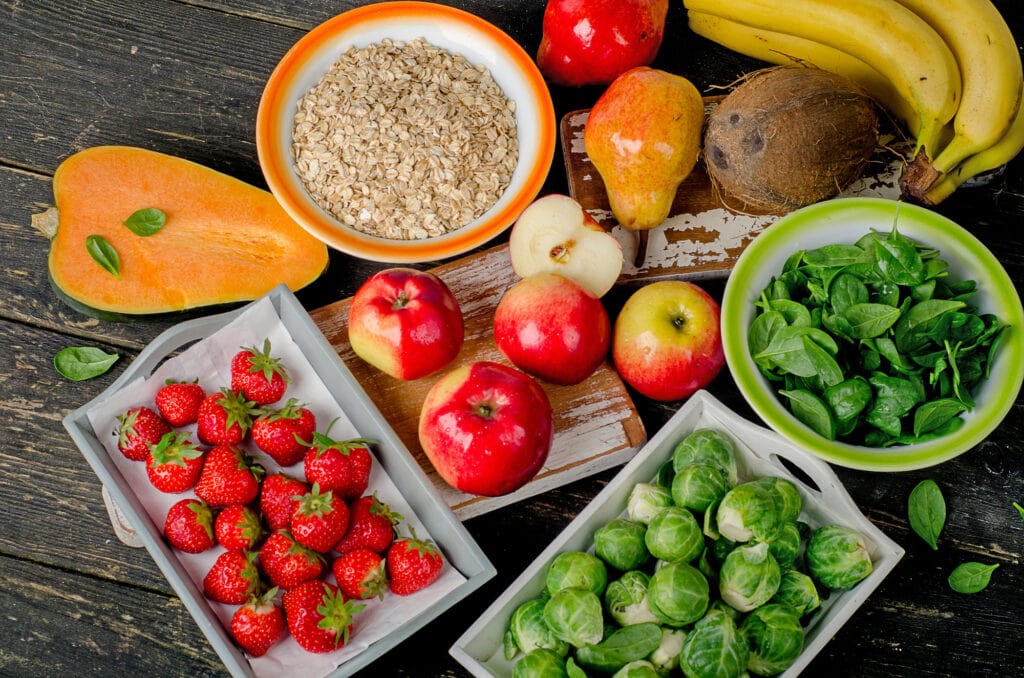
Hungryroot's origin story begins with its founder, Ben McKean, who struggled with maintaining a healthy diet while living a busy lifestyle. Frustrated with the lack of convenient and nutritious food options available, McKean set out to create a solution.
Along with co-founders Greg Struck and Franklin Becker, Ben McKean launched Hungryroot with the mission of making healthy eating easy and enjoyable.
When the company started in April 2015, it only had six items. But it soon became clear to the team that customers valued a selection of products. Hungryroot increased their selection from six to twelve and then to 24 products.
Whenever the company expanded their products, sales grew equally, doubling each time the company increased their product selection.
By 2016, the company's only manufacturing location was in Queens. It employed more than 70 people and had 20 different production lines.
The company relaunched operations in September 2017, providing 50 products for customers to purchase more than ever before.
Hungryroot was tailored to provide customers with a seamless way to access fresh, wholesome ingredients that could be quickly transformed into delicious meals.
Today, Hungryroot has expanded to offer emerging food brands alongside their own.
How was it funded?
In total, Hungryroot has raised $75.4 million in 5 rounds of funding. The company raised its first round of funding on May 21, 2015. It received $40M from L Catterton's Growth Fund in a Series C round on Jun 04, 2021.
Here is a general overview of the company’s funding:
The company raised $2.2 million in seed funding in 2016. This round was led by Lerer Hippeau and Crosslink Capital.
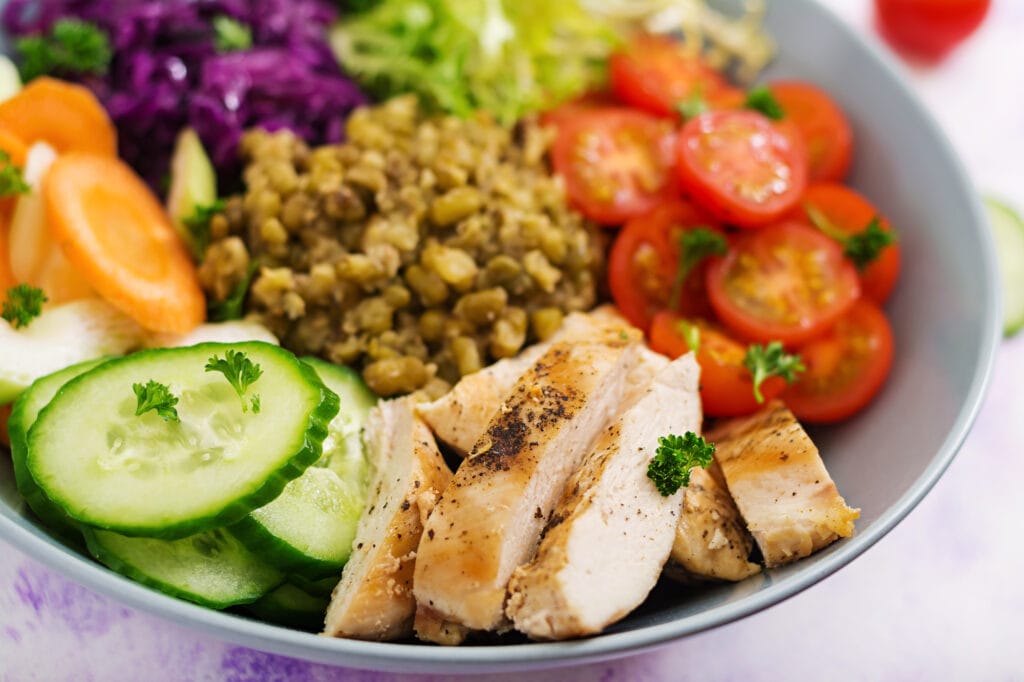
In 2017, it raised $7.7 million in a Series A funding round. The round was led by Lightspeed Venture Partners, with participation from Lerer Hippeau and Crosslink Capital.
This meal delivery service secured $22 million in Series B financing in 2018. The investment was led by Lightspeed Venture Partners, Crosslink Capital, Lerer Hippeau, and BV Investment Partners.
These funding rounds have provided Hungryroot with the necessary capital to expand its operations, develop its technology, and scale its business.
What made Hungryroot grow?
Here are several key factors that contributed to Hungryroot’s growth:
- Unique value proposition: The company focuses on providing convenient, healthy, and personalized food options for customers. The ability to customize meals based on individual preferences resonates with health-conscious consumers who seek a personalized approach to their meals.
- Quality and variety of ingredients: The company has curated a vast range of plant-based ingredients, including vegetables, grains, proteins, and sauces. This ensures customers have a diverse selection to choose from. This commitment to quality and variety helps attract customers looking for nutritious meal options.
- Customer-centric approach: Hungryroot prioritizes its customers and listens to their feedback. The company's algorithms and customer data help shape ingredient selections and improve offerings. This customer-centric approach creates reliable customers who feel heard and valued.
- Adaptability and innovation: The company constantly introduces updated ingredients, recipes, and product options. This is mainly to serve evolving consumer liking and dietary trends. Hungryroot's fresh, innovative choices help it stay competitive and attract loyal customers.

- A focus on personalization: Hungryroot uses machine learning to create personalized shopping carts for each customer based on their nutritional desires, restrictions, and budget. This makes it easy for customers to find the food they want and need without spending much time searching.
- Word-of-mouth: The company gained popularity through word-of-mouth. It gained popularity when satisfied customers shared their positive experiences.
- Effective marketing and partnerships: Hungryroot employs effective marketing strategies and collaborations to raise brand awareness. The company utilizes social media, influencer marketing, and partnerships with other brands to expand its reach and attract new consumers.
- Sustainability: Hungryroot uses sustainable packaging. This reduces the company's environmental impact. The company also sources its ingredients from sustainable farms.
What is its valuation?
Hungryroot has a post-money valuation of between $500 million and $1 billion. In 2021, they raised $40 million in a Series C financing round.
What lessons can entrepreneurs learn from Hungryroot's story?
Hungryroot's success can be attributed to its unique hybrid of meal kits and grocery delivery. This hybrid helps in catering to plant-based eaters and health-conscious consumers. Entrepreneurs can learn how to come up with a unique strategy to serve customers of different dietary desires and needs.
The company provides healthy and pre-portioned meals for customers. This niche market is underserved by other meal kit delivery services. By focusing on a specific market, entrepreneurs can learn to provide quality goods and services against their competitors to attract a wider customer base.
Hungryroot gathers feedback from its customers and uses it to improve its products and services. Entrepreneurs should focus on customer response to create a product that customers want.
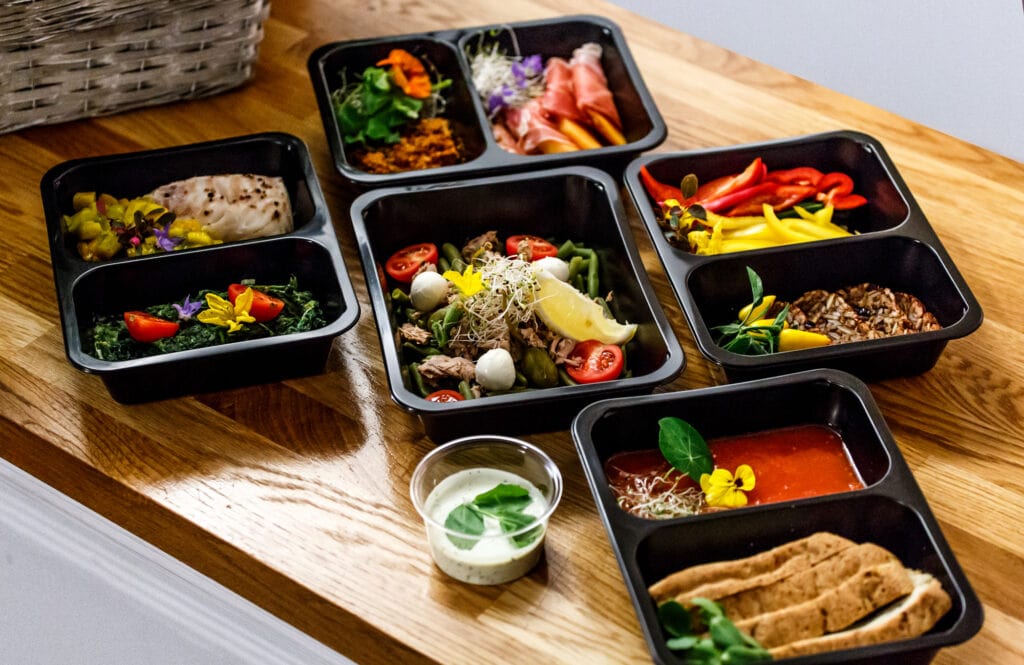
The company identified a significant gap in the market—the need for convenient, healthy, and personalized meal options. By recognizing this unmet need, entrepreneurs can uncover opportunities for innovative solutions that address specific challenges faced by consumers.
Hungryroot demonstrated a willingness to be creative and adapt to changing consumer needs and market adjustments. To stay competitive, entrepreneurs should constantly improve their products and explore creative ideas.
As Hungryroot grew, it focused on adaptability and efficiency. Entrepreneurs should plan for growth and build scalable systems, processes, and infrastructure. This includes supply chain management, technology platforms, and customer support capabilities.
FAQ
What is Hungryroot?
Hungryroot is an online grocery platform and meal delivery service that offers nutritious, healthful, quick, and easy-to-prepare meals. It is a combination of meal kits and grocery delivery. Customers can customize and select the groceries and meals they receive each week.
Hungryroot offers a group of search filters and nutritional offerings. This allows customers to mix and match ingredients to make meals in 10 minutes or less.

What kind of meal kits does Hungryroot offer?
The company provides a variety of meal kits that cater to different dietary preferences and restrictions. The company focuses on plant-based ingredients as well as options for animal product consumers. Here are some of Hungryroot's meal kits and categories:
- Veggie Kits: These kits feature a selection of pre-cut and pre-washed vegetables, making it easy to incorporate more plant-based ingredients into meals. Vegetable options include broccoli, sweet potatoes, zucchini, and more.
- Protein Kits: Hungryroot offers protein options for vegetarian and non-vegetarian needs. This includes tofu, tempeh, chicken, salmon, and ground turkey.
- Grain Kits: These kits include whole grains such as quinoa, rice, and noodles. They provide a base for balanced and satisfying meals.
- Sauce Kits: Hungryroot supplies flavorful sauces, dressings, and marinades that enhance meals. These include Thai peanut sauce, almond chickpea dressing, and lemon tahini.
- Snack Kits: Hungryroot also gives nutritious and delicious snack options. These include items like nuts, hummus, veggie sticks, and protein cookies.
Consumers can mix and match these meal kits, allowing customization and innovation in meal planning. The company provides suggested recipes and combinations to inspire customers and individuals.
How does Hungryroot ensure the safety of its ingredients and packaging?
This meal delivery service places a strong emphasis on the safety and quality of its ingredients and packaging. The company follows strict guidelines and practices to maintain high standards. Here are some measures Hungryroot takes to ensure safety:
- Ingredient sourcing: Hungryroot carefully selects its suppliers and partners with trusted sources that meet rigorous quality standards. They prioritize fresh, high-quality ingredients, and organic sustainably sourced options.
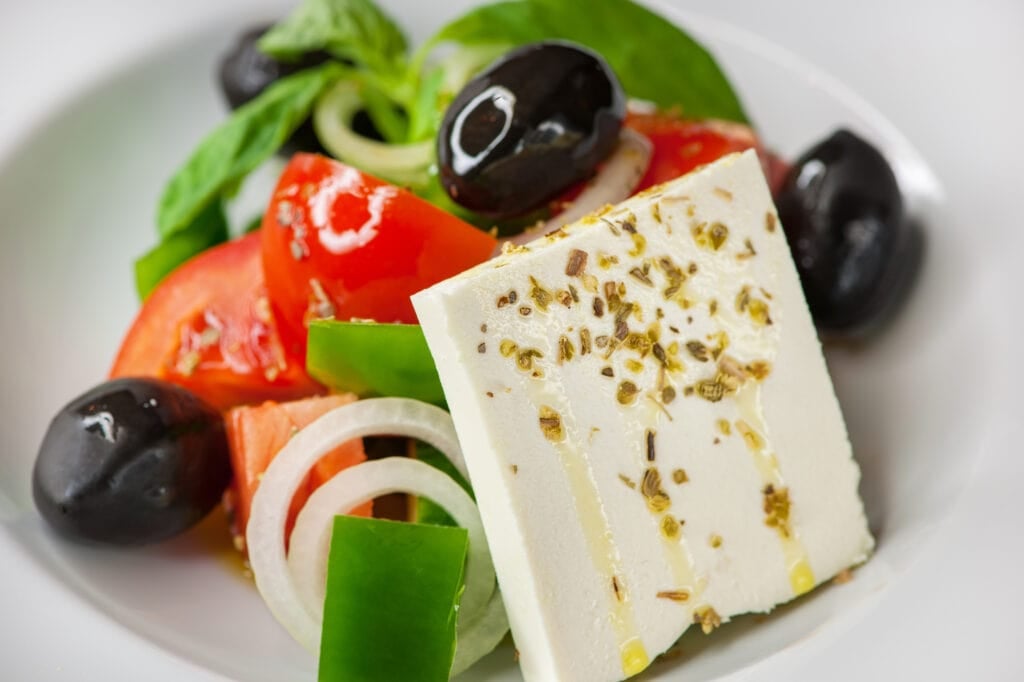
- Quality control: The company has established quality control processes throughout its supply chain. This includes conducting thorough inspections and audits of ingredient suppliers to ensure they adhere to food safety regulations.
- Packaging safety: Hungryroot uses packaging materials designed to maintain ingredients' freshness and safety during transit. The packaging is chosen to preserve product quality and minimize contamination risk.
- Cold chain management: To maintain perishable ingredients' integrity, Hungryroot utilizes cold chain management practices. This involves maintaining controlled temperatures during storage, transportation, and delivery to ensure fresh and safe ingredients.
- Allergen information: Hungryroot provides clear and detailed allergen information for each ingredient and product it offers. This allows customers to make informed choices based on their nutritional boundaries or allergies.
- Food safety compliance: The company complies with all relevant food safety regulations and standards. It adheres to proper food handling, storage, and sanitation practices to ensure product safety.
What are the pricing options for Hungryroot meal kits?
Hungryroot offers various pricing options to accommodate different budgets and preferences. The pricing structure provides flexibility and modification. The following are the main pricing options available:
Build Your Own: This is where customers can choose the specific ingredients they want to include in their meal kits. Each ingredient is individually priced, allowing customers to create customized meals based on their desire and budget.
Starter Set: The starter set includes a curated selection of ingredients that can be used to create a variety of meals. This option costs $60 to $100, depending on the specific items included.
Customizable Plans: Customizable plans provide a more structured and convenient way to receive meal kits. These plans usually involve a subscription model, where customers can select the number of meals or servings they want per week. The pricing for these plans varies based on the specific options chosen, such as the number of meals served per week.
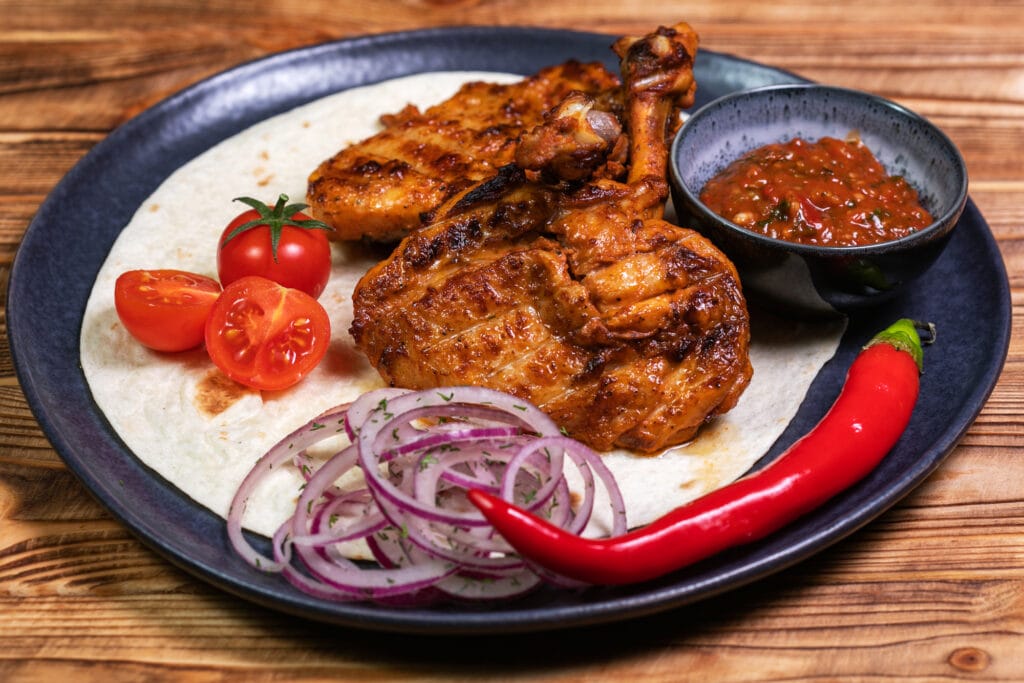
However, pricing options may vary over time, and Hungryroot occasionally offers promotions or discounts. Customers can visit their website or contact customer support for the latest pricing information and available options.
Does Hungryroot cater to special dietary needs such as gluten-free, dairy-free, or vegan diets?
Yes, Hungryroot caters to special dietary needs. The company understands the importance of providing options for individuals with specific nutritional restrictions. Here's how Hungryroot accommodates these dietary needs:
Hungryroot meal delivery service offers gluten-free options. Consumers can choose from gluten-containing grains like quinoa and rice, non-gluten sauces and vegan chocolate protein options. The website and packaging clearly label gluten-free items for easy identification.
The company also provides many dairy-based items. The meal kits include dairy-free protein options like tofu and plant-based proteins. This allows dairy-free individuals to enjoy flavorful and nutritious meals.
Hungryroot focuses on plant-based ingredients, making it the best choice for vegans. The company offers vegan options, including plant-based proteins, vegetables, grains, sauces, and snacks. These ingredients can be combined to create delicious and satisfying vegan meals.
In addition, Hungryroot labels its ingredients clearly with allergen information, including common allergens like gluten, dairy, and soy. This helps customers make informed choices based on their specific dietary needs or limitations.
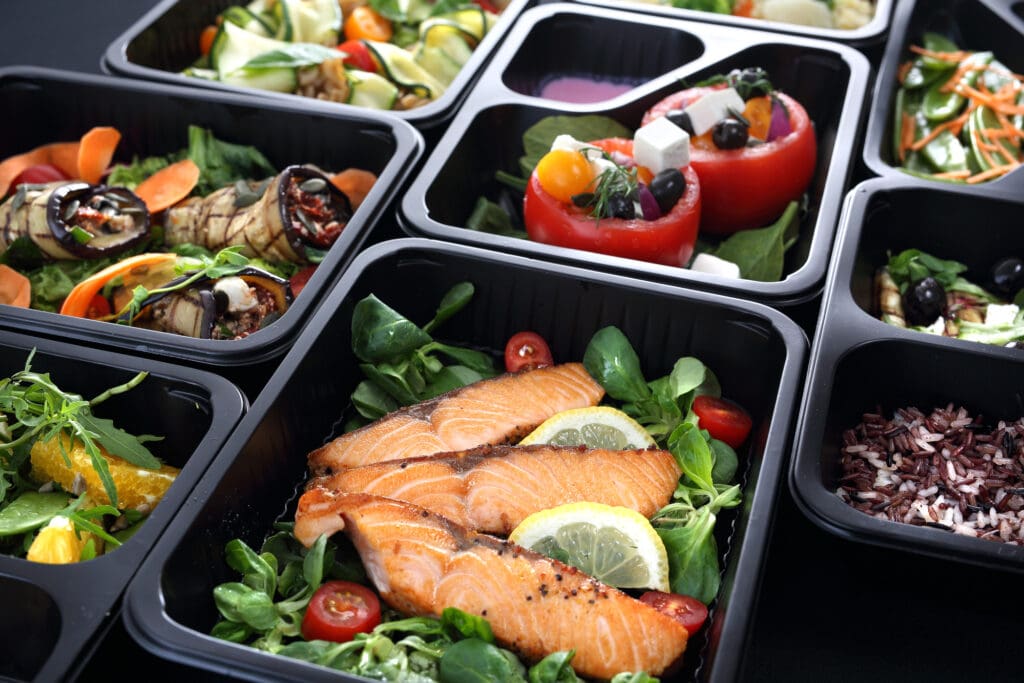
Takeaway
Hungryroot was designed to provide a healthy diet for busy people. Its founder, Ben McKean, struggled with maintaining a healthy diet while living a busy lifestyle. Frustrated with the lack of convenient and nutritious food options available, he set out to create a solution.
The company demonstrated a willingness to be creative and adapt to changing consumer needs and market adjustments.
Hungryroot's success in the food industry showcases the power of innovation and meeting customers' needs. If you're an entrepreneur looking to achieve similar success with your ecommerce brand, we have something special for you.
Join our free course and learn the proven strategies to boost your sales to 100 a day.
